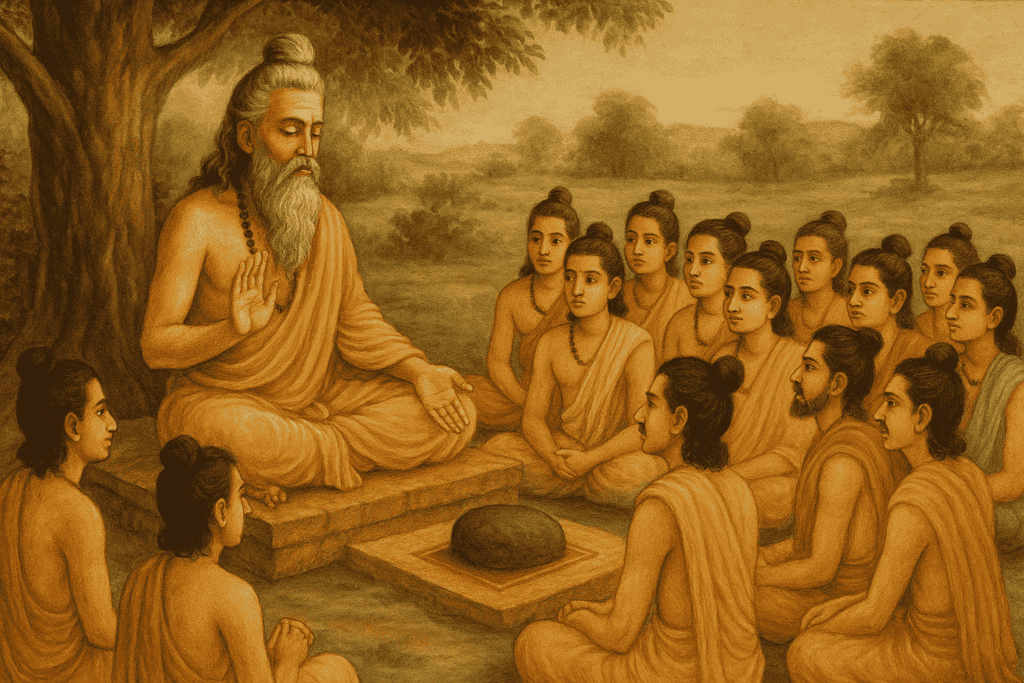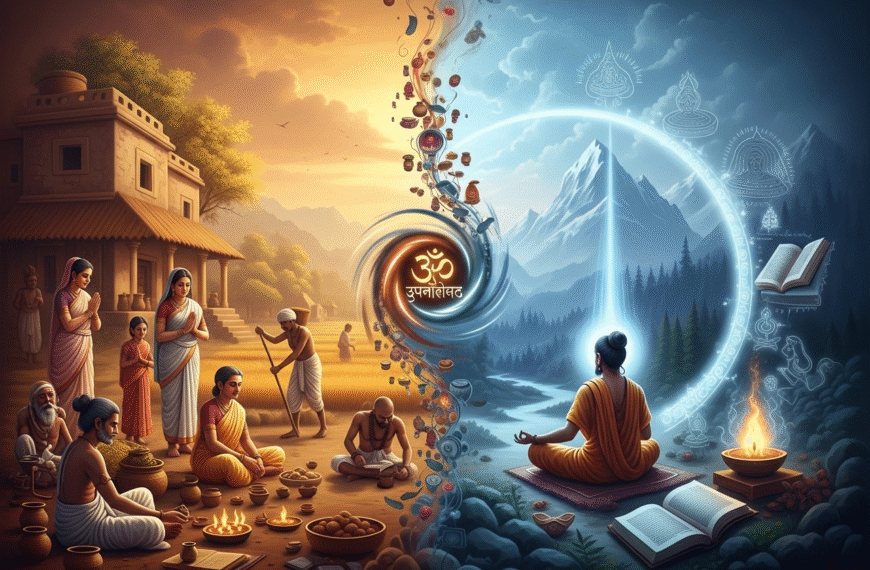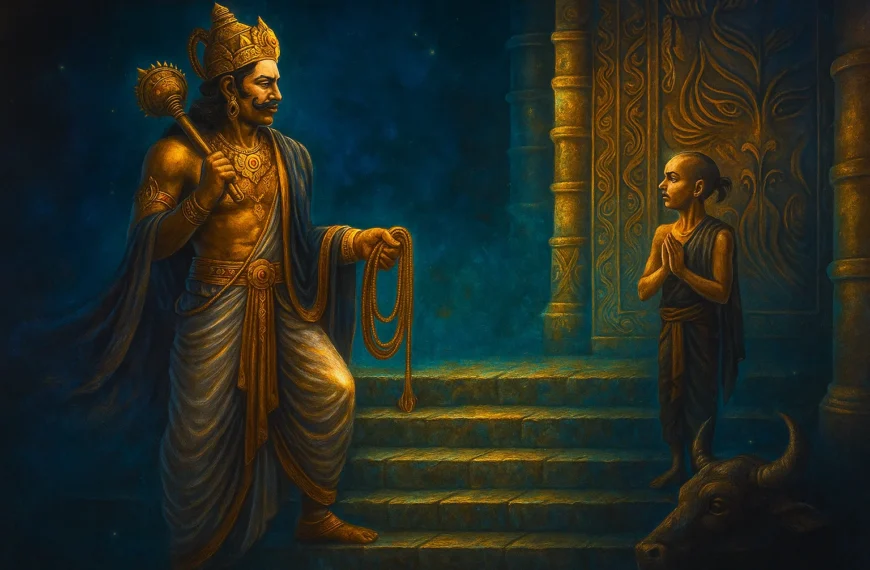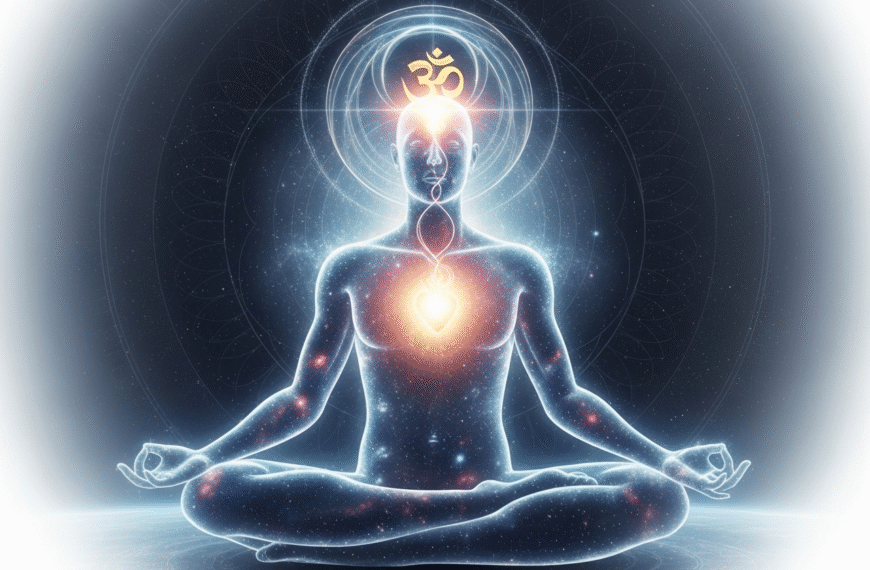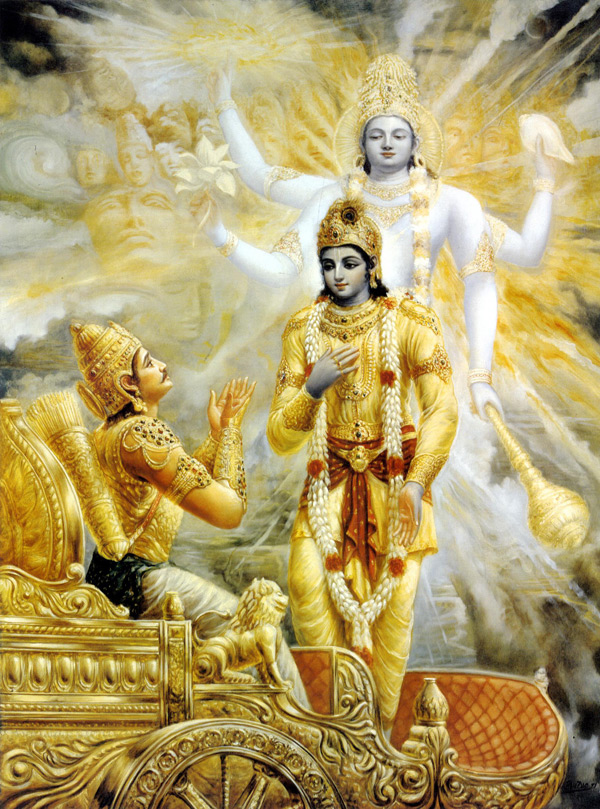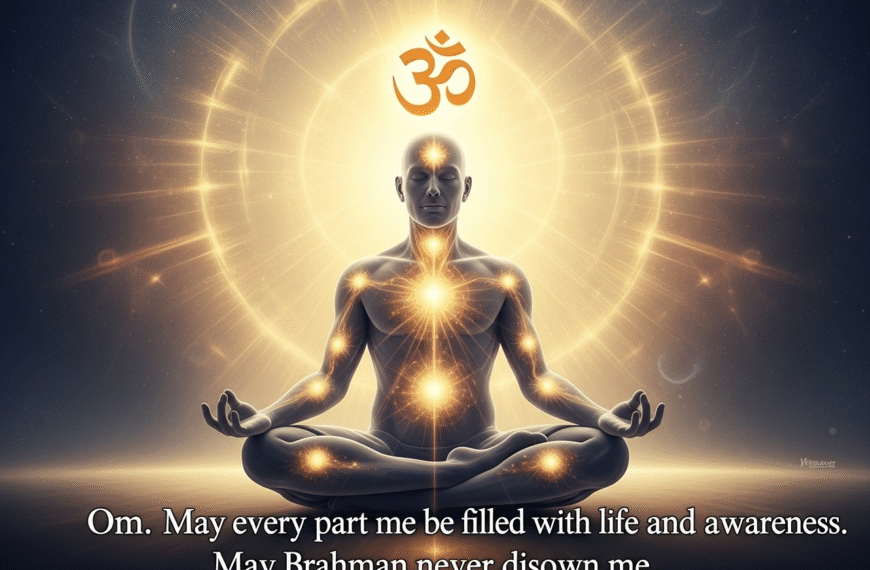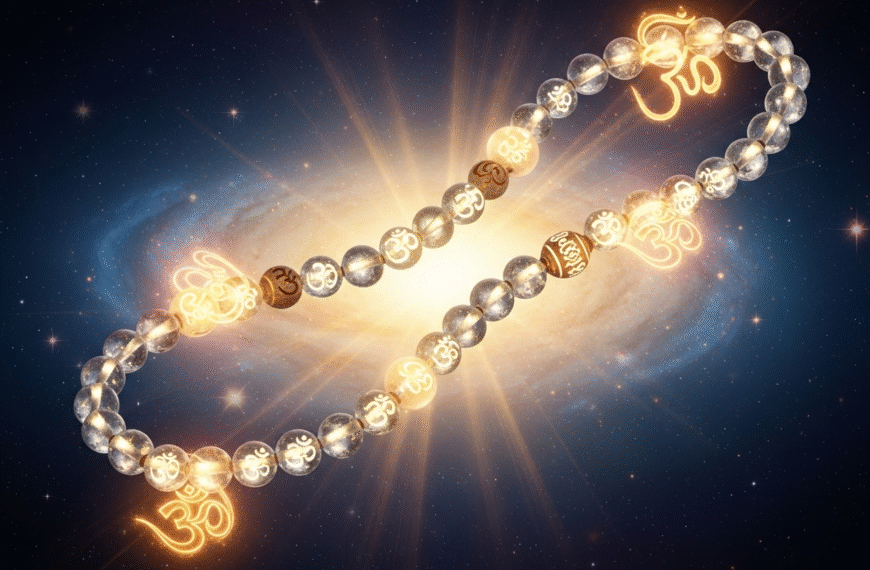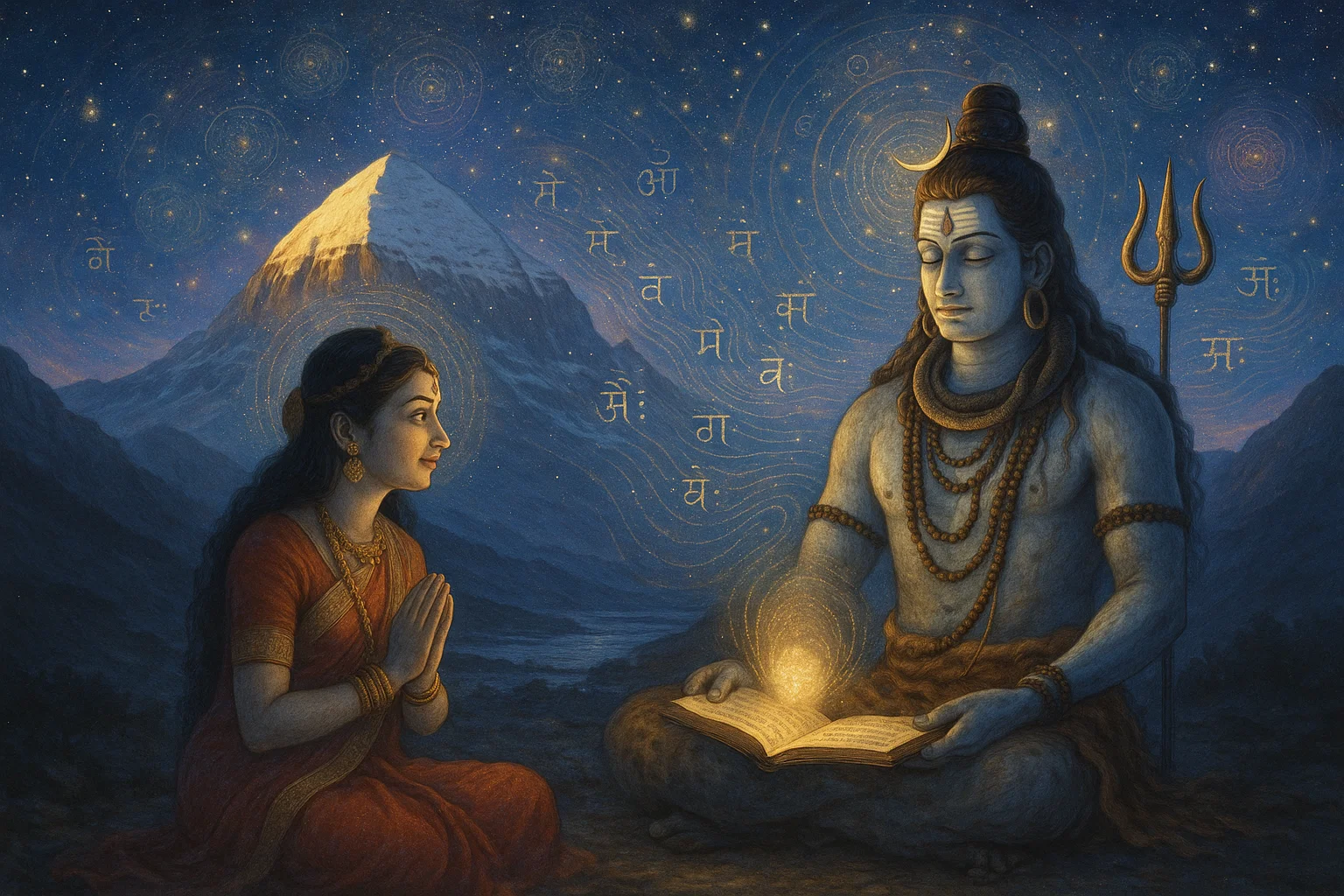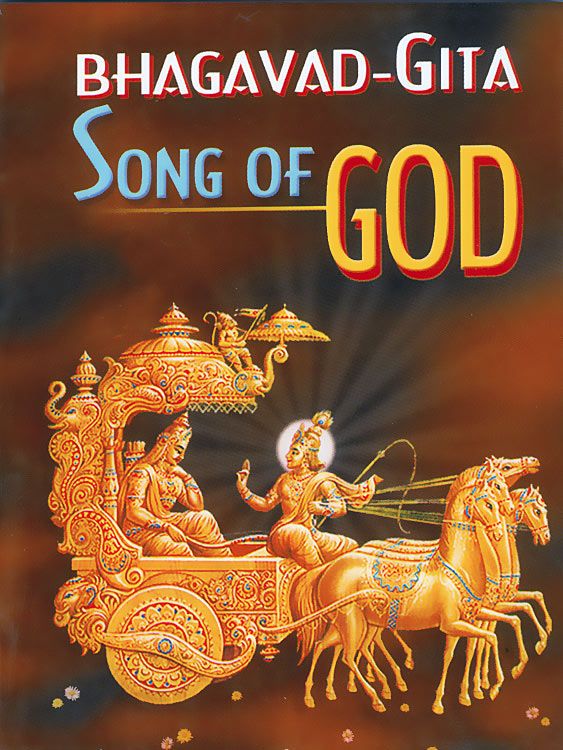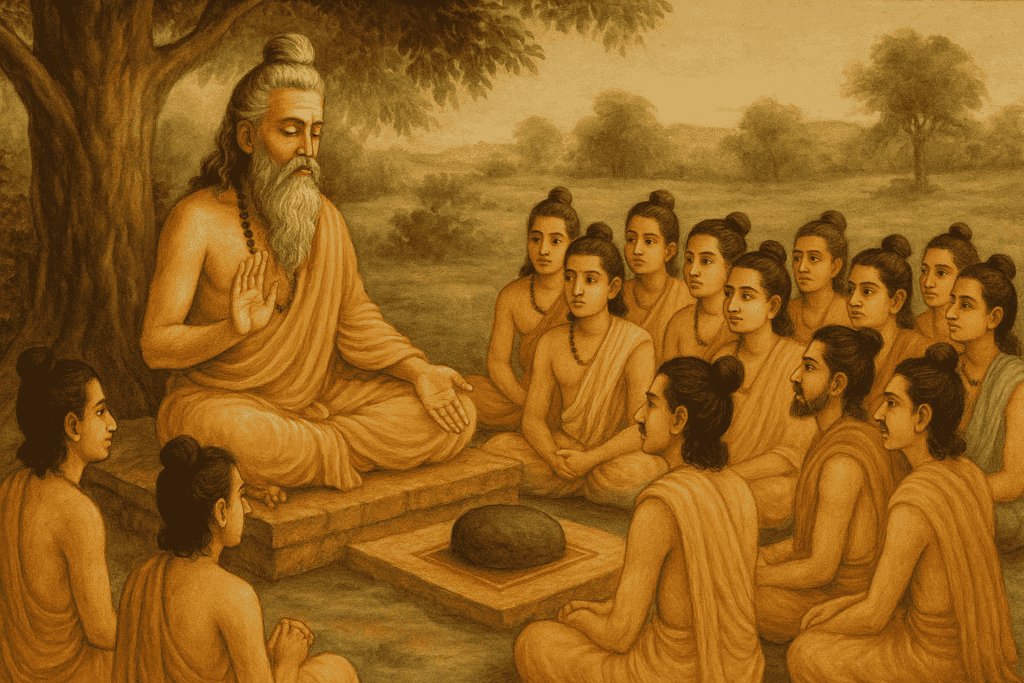
In every civilization that has aspired toward the Infinite, there exists the idea of a guide — a torchbearer who leads the soul from blindness to vision, from bondage to liberation. In Bharat, that guide is the Guru — not merely a teacher, but a dispeller of darkness, a revealer of Truth, and a mirror reflecting the Divine.
The Guru is not one who simply preaches. He is one who becomes. As the Vedic verse declares, “Brahmavit Brahmaiva Bhavati” — the knower of Brahman becomes Brahman. The Guru is not a commentator on divinity, he is the living embodiment of it. He does not just teach scriptures; his life becomes scripture. Such a Guru is not worshipped for his body or mind, but for the divine light that shines through him — untainted, unwavering, and undying.
On the sacred day of Guru Purnima, we do not merely celebrate a date on the calendar. We mark a moment in our soul’s journey — a moment to pause, to bow, to surrender again. For the sincere seeker, this is not a festival; it is a spiritual checkpoint, a renewal of vows on the path of Dharma.
Those who have accepted a Guru must take this day as an opportunity to offer their mistakes in humility, just as a river surrenders its impurities at the ocean. The disciple bows not out of fear, but out of recognition — that without the Guru, even the noblest intention can drift into delusion.
A Legacy as Ancient as the Stars
The Guru–Shishya parampara, or the sacred lineage of Master and Disciple, is the heartbeat of Indian civilization. It is older than empires, deeper than doctrines, and subtler than language. It is not a contract; it is a covenant. A divine promise between two souls: one who knows, and one who yearns to know.
This lineage, flowing like the eternal Gangotri, has given birth to sages, saints, rishis, and seers. From Veda Vyasa, the architect of the Vedic canon, to Adi Shankaracharya, Ramakrishna Paramahamsa, Ramana Maharshi, and countless unnamed Gurus in Himalayan caves and village hermitages — all have added to the unbroken chain of illumination.
Their words are not just texts; they are living mantras. The Mahabharata, the Ramayana, the Upanishads, the Bhagavatam — these are not merely literary works but spiritual roadmaps, gifted to us by those who touched the Infinite and returned with wisdom in hand.
The Path from the Perishable to the Eternal
In the Sanskrit lexicon, ksaram is that which decays — the body, wealth, fame, even ideologies. Aksaram is the imperishable — the soul, the Self, the Truth. The Guru’s role is not to decorate the perishable, but to awaken the imperishable within us. His touch is subtle, his grace invisible, yet his impact — irreversible.
In an age where distractions scream louder than silence and pride often masquerades as wisdom, the Guru teaches by being — still, rooted, radiant. He reminds us that freedom does not lie in doing whatever we want, but in wanting what is right. He offers discipline without dogma, love without condition, and knowledge without ego.
To walk the path he shows is not always easy — it requires courage, surrender, and constancy. But it is the only path that leads somewhere real. For every other pursuit — pleasure, power, possessions — eventually collapses under its own impermanence.
The Feet That Liberate
The scriptures speak of the charan — the feet of the Guru — not as physical limbs, but as the symbolic foundation upon which we build our spiritual lives. To bow at the Guru’s feet is to bow to the very source of awakening. It is to declare: “You have what I seek. I will walk where you have walked.”
The lotus feet of the Guru are the bridge between time and timelessness. Through his compassion, we are lifted out of our daily illusions and returned to our true Self. The path is long, the storms are many, but under the shelter of his wisdom, we walk fearlessly.
Guru Purnima: A Day of Light
On this auspicious day of Guru Purnima, let us not merely light lamps outside — let us kindle the lamp within. Let us not merely recite his praises — let us live his teachings. Let us not ask what the Guru has done for us, but ask instead: “Have I walked even a single step of the path he has lit for me?”
Let us pray not for miracles, but for clarity. Not for comfort, but for conviction. Not for escape, but for moksha.
In a world drowning in information, may the Guru guide us to wisdom.
In a time hungry for influence, may the Guru teach us integrity.
In a life full of noise, may the Guru lead us to silence.
Let us bow, let us serve, let us walk.
For to have a true Guru is not merely a blessing — it is a second birth.
Gurur Brahma, Gurur Vishnuhu,
Guru Devo Maheswara,
Gurur saakshat Parahbrahma,
Tasmai sri Guruve namah.
